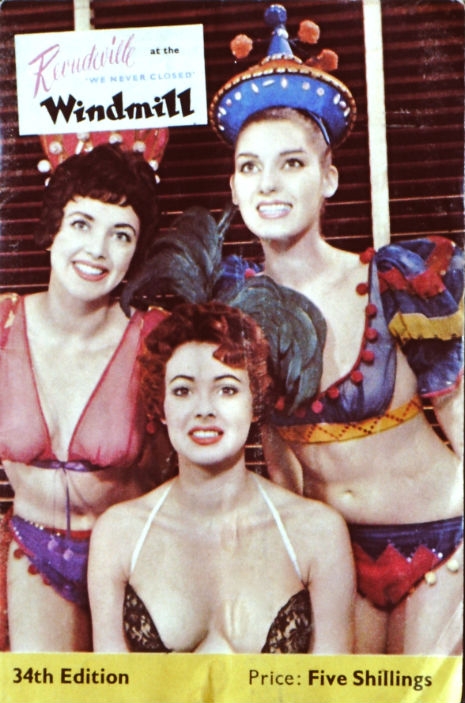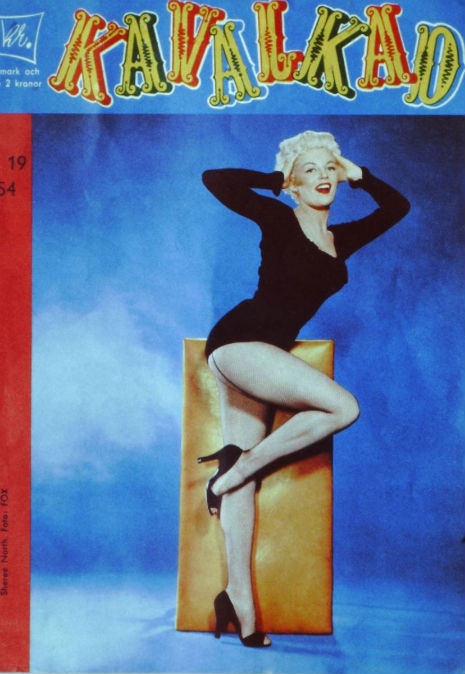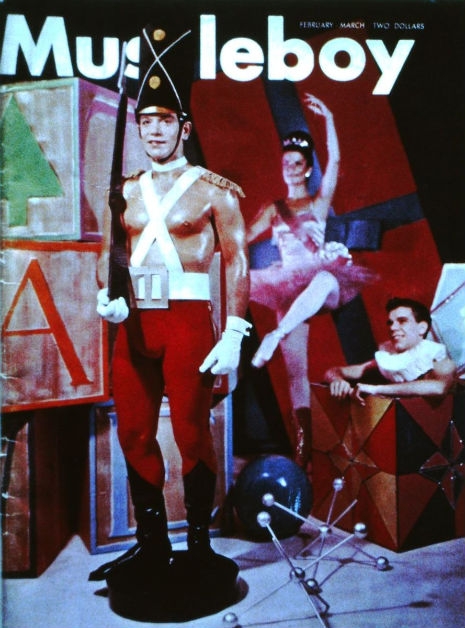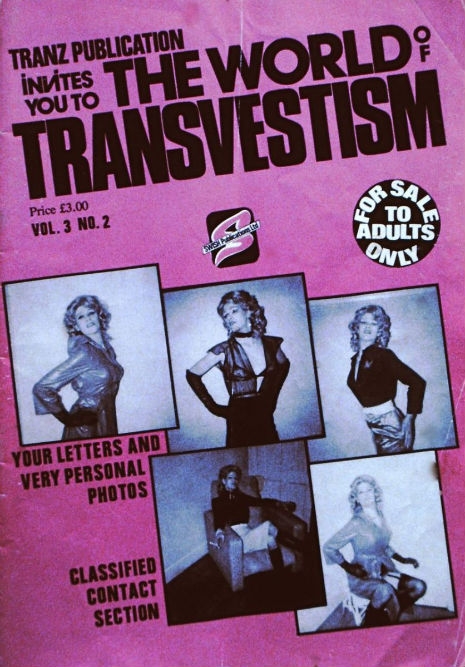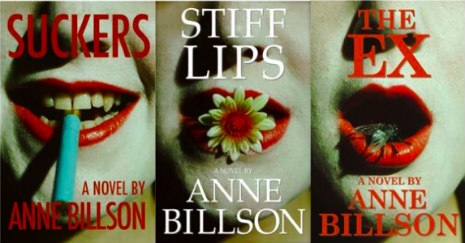
As the film writer Anne Billson has pointed out most critics were wrong about John Carpenter’s The Thing when it was first released in 1982. In general they hated it and damned the film as “too phony looking to be disgusting. It qualifies only as instant junk.” While another reviewer squealed:
“The only avenue left to explore would seem to be either concentration camp documentaries or the snuff movie.”
The reviews were sadly all rather disappointing, more so for the fact these hacks had failed to grasp how Carpenter had created an adult, intelligent and highly faithful cinematic version of John W. Campbell’s source story “Who Goes There?”—the basis for Howard Hawks’ original production The Thing from Another World directed by Christian Nyby in 1951. Unlike the Hawks’ production, Carpenter kept snug with Campbell’s tale of paranoia and a shape-shifting alien. More importantly, his version was also a major progression in cinematic story-telling as the expected tropes of character and motivation were made quickly apparent without having to be overly explained or developed through dialog. A younger audience understood this, the older critics did not, and damned the film for what they perceived was its lack of emotional depth. This is maybe explained by the release earlier in the same year of Steven Spielberg’s grossly sentimental E.T.: The Extraterrestrial which received overwhelmingly positive reviews. However, as Billson notes, some of the opprobrium heaped on Carpenter had been previously dumped on Nyby:
Variety wrote: “What the old picture delivered – and what Carpenter has missed – was a sense of intense dread.” Which is funny, because in 1951, the same paper had said of Nyby’s film: “The resourcefulness shown in building the plot groundwork is lacking as the yarn gets into full swing. Cast members ... fail to communicate any real terror.”
The negative reviews had a deleterious affect on Carpenter, who later said:
“I take every failure hard. The one I took the hardest was The Thing. My career would have been different if that had been a big hit…The movie was hated. Even by science-fiction fans. They thought that I had betrayed some kind of trust, and the piling on was insane. Even the original movie’s director, Christian Nyby, was dissing me.”
Which was a shame, for John Carpenter is a true artist, one of American cinema’s greatest offbeat film directors, whose movies have had considerable influence on succeeding generations of filmmakers.
Film editor Vashni Nedomansky is a fan of Carpenter’s The Thing, describing the film as one of his favorites and going so far as to claim:
The story, characters, score, location and practical visual effects are some of the most memorable in film history.
He also writes that certain of film’s scenes “destroyed” him and “left me cinematically scarred as a child.”
As a fan of the film, Nedomansky recently edited together a comparison between the original storyboards by Mike Ploog and Mentor Huebner with Carpenter’s finished movie. It’s an interesting comparison as it reveals how collaborative a process filmmaking can be, as Nedomansky explains on his blog Vashi Visuals:
The visuals of both the desolate Antarctic and the ever-morphing alien creatures in THE THING were envisioned long before the movie was shot. Extensive storyboards were drawn by artist Michael Ploog and Mentor Huebner so that all the departments of the production were on the same page in their preparation for the shoot. This is nothing new…but the similarity between the storyboards and the final imagery shot by legendary DP Dean Cundey is staggering. Storyboards are often only a guide, but in this film they were so specifically rendered that they became gospel. The detail and artistry of Ploog’s work up front, allowed the crew to have clear and defined goals on those frigid shooting days in both Alaska and Canada.
To demonstrate this point…I’ve taken two scenes from THE THING and laid down the storyboards next to the shots in the final edit of the film. The video below examines the discovery of the alien spaceship and the transformation of Norris in the shocking scene that still haunts me today. Just like Hitchcock worked with Saul Bass to create the famous shower scene in Psycho…Ploog crafted beautiful storyboards for Carpenter so that the time on set was best utilized to tell the story.
You will find more storyboards from The Thing here and Anne Billson’s BFI Classic book on John Carpenter’s The Thing can be found here.
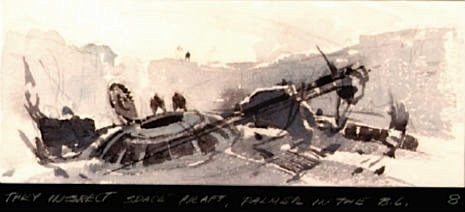
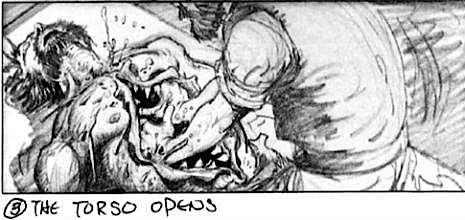
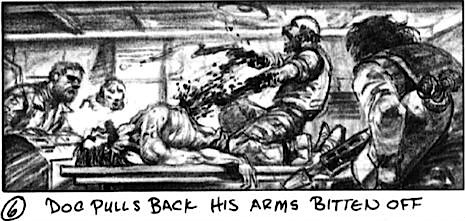
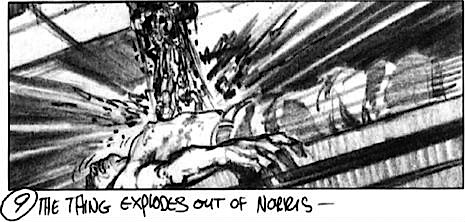
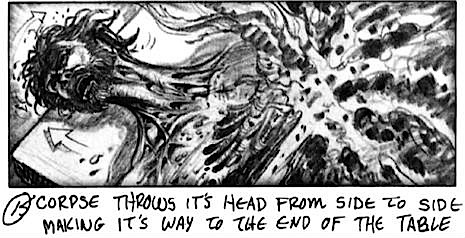
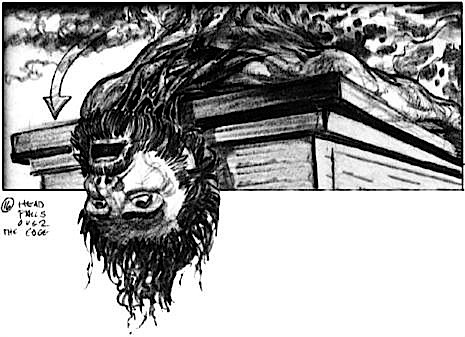
With thanks to Scheme Comix.







